The iOS and iPadOS 14 operating systems brought countless new features that users more or less appreciate. Some of these functions are visible at first glance, for example redesigned widgets or the addition of the Application Library, but you won't notice a few functions until you really "dig" into Settings. With the arrival of new operating systems for Apple mobile devices, disadvantaged users also got their way in a certain way, within the Accessibility section, which is intended for them. The Accessibility section serves disadvantaged individuals to be able to use the device without obstacles and to the full. The Sound Recognition feature has been added to this section, and in this article we'll take a look at how to activate and set it up.
It could be interest you
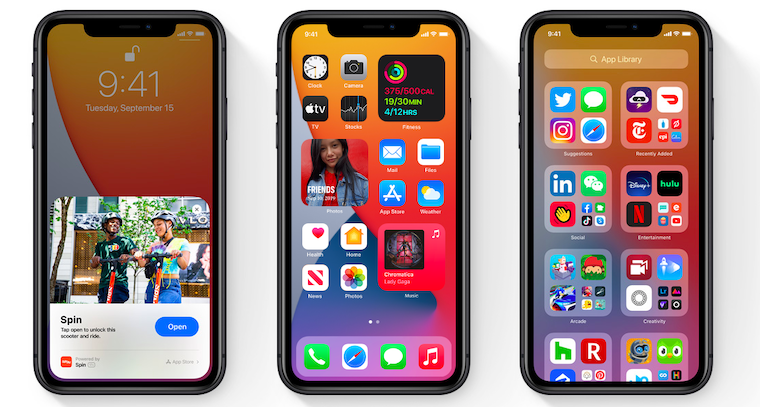
How to use Voice Recognition on iPhone
If you want to activate and set up the Sound Recognition function on your iPhone, it is not difficult. As I mentioned above, this feature is part of the Accessibility section, which has many great tools for getting the most out of your system. So proceed as follows:
- First, of course, you must have your iPhone or iPad updated to iOS whether iPadS 14.
- If you meet the above condition, then move to the native application Settings.
- Then find the section within this application disclosure, which you tap.
- Once you've done that, get off in this section all the way down and locate the row Recognizing sounds, which you click.
- Here then it is necessary that you use switches this function activated.
- After successful activation, another line will be displayed sounds, which you tap.
- Now all you have to do is help yourself switches activated such sounds, that the iPhone should recognize and draw attention to them.
So you have simply activated the Sound Recognition function in the above-mentioned way. The iPhone will now listen to your chosen sounds and when it hears one of them, it will notify you with vibrations and a notification. The truth is that the Accessibility section includes many different functions that can be used by ordinary users in addition to disadvantaged individuals. So if you want to be alerted to some sounds and you don't have hearing problems, then of course no one is stopping you.
 Flying around the world with Apple
Flying around the world with Apple 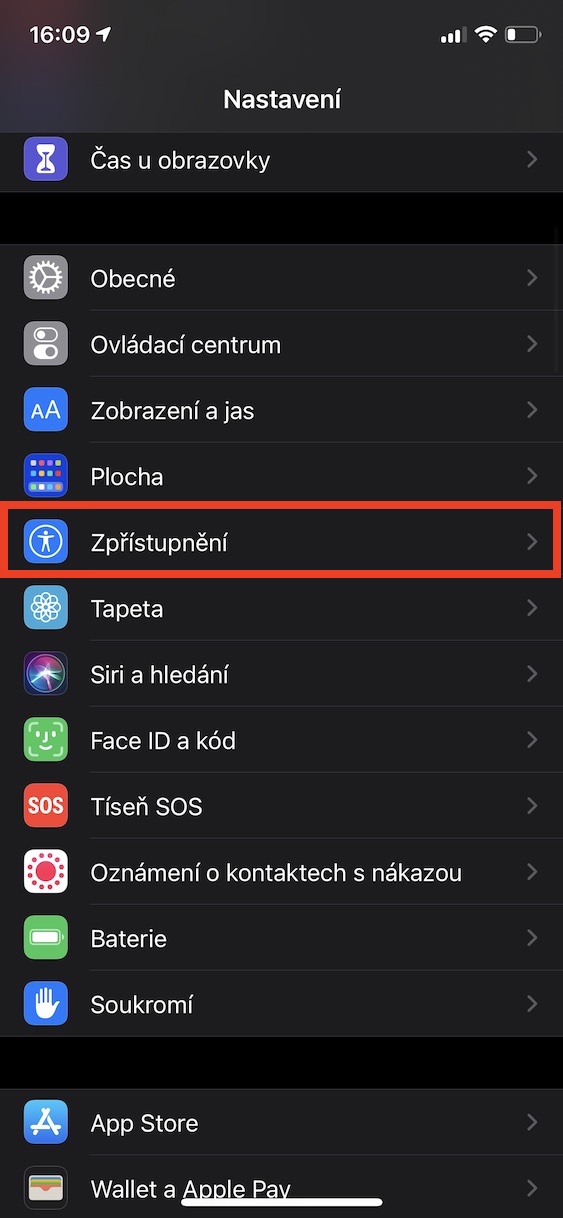
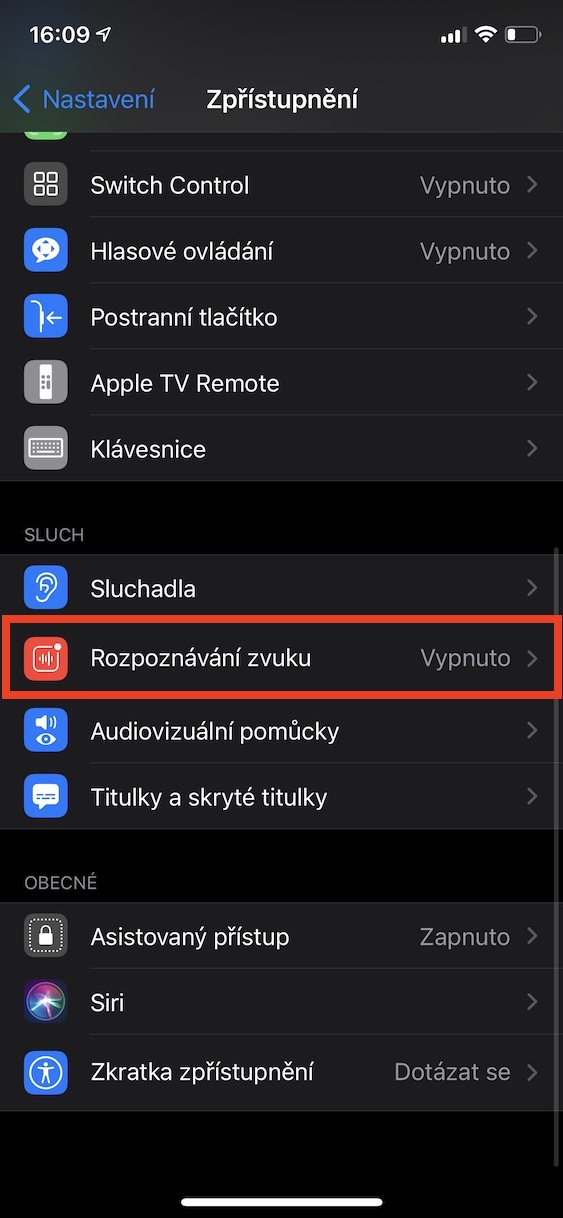
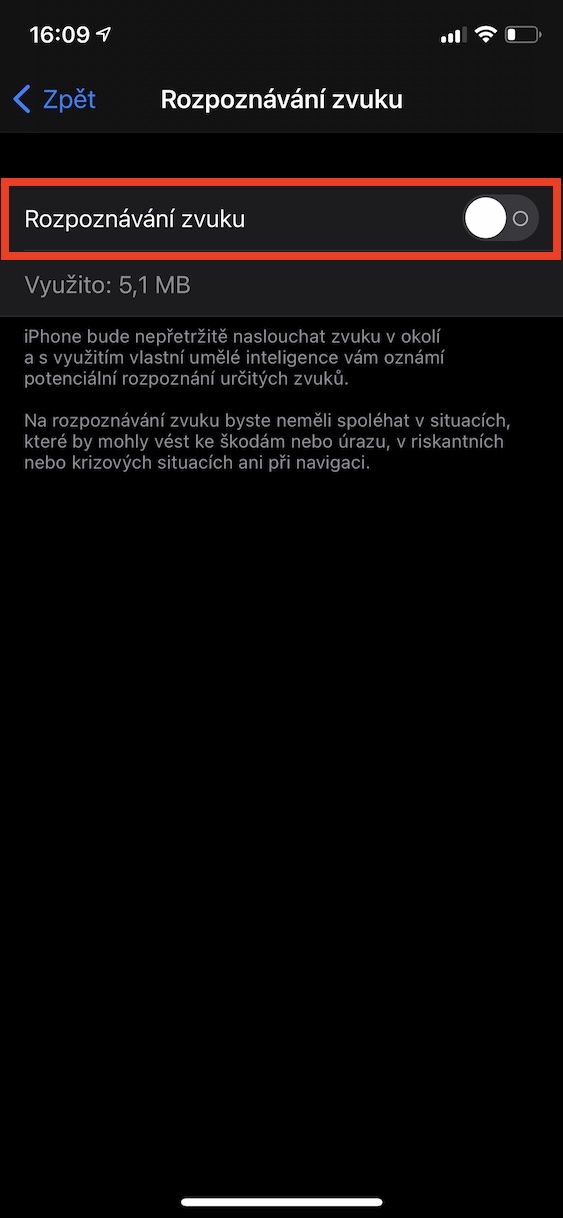
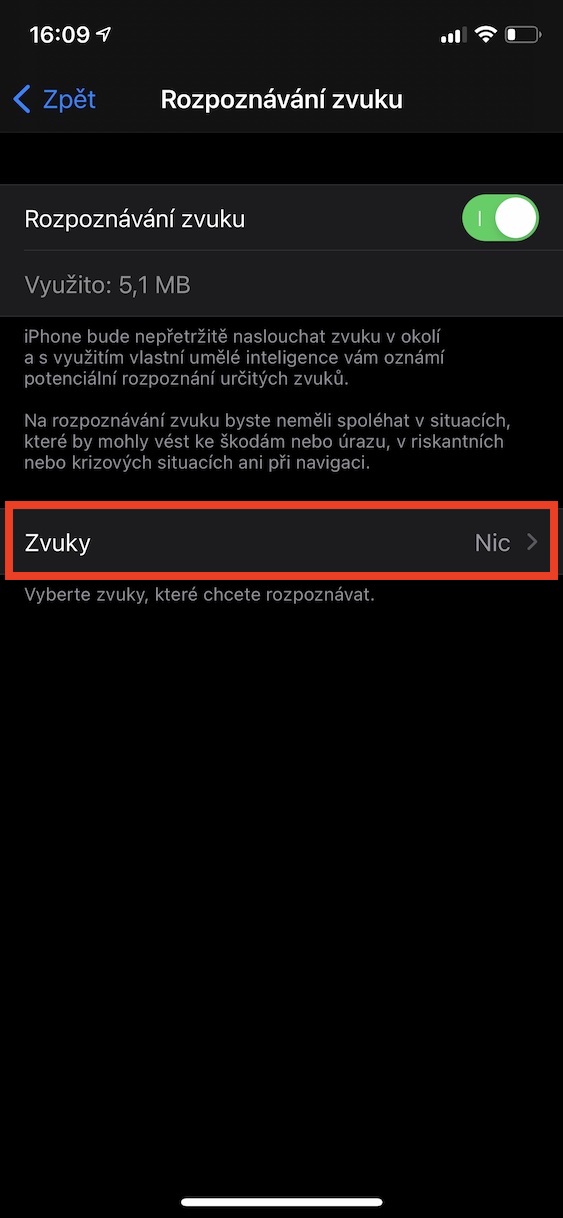
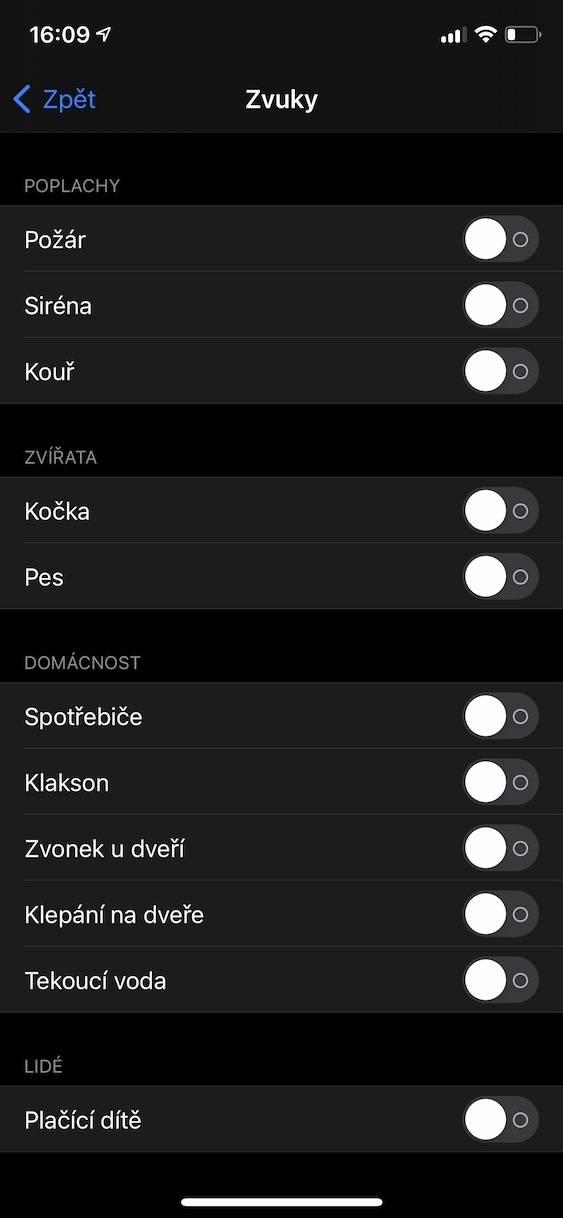
And what is such "recognition of sounds" good for, what is its usefulness?
Hello, this function is perfect especially for people with hearing problems.
Thank you for the explanation
The use is different, it can be used, for example, as a baby monitor, a fire alarm, etc. The main idea is probably for disabled people.
and how much battery does it use if it listens to sounds all the time?
I tried it on an iPhone Xs max and I don't notice any major battery drain.
If I used the fridge, I would still have it connected to the charger.